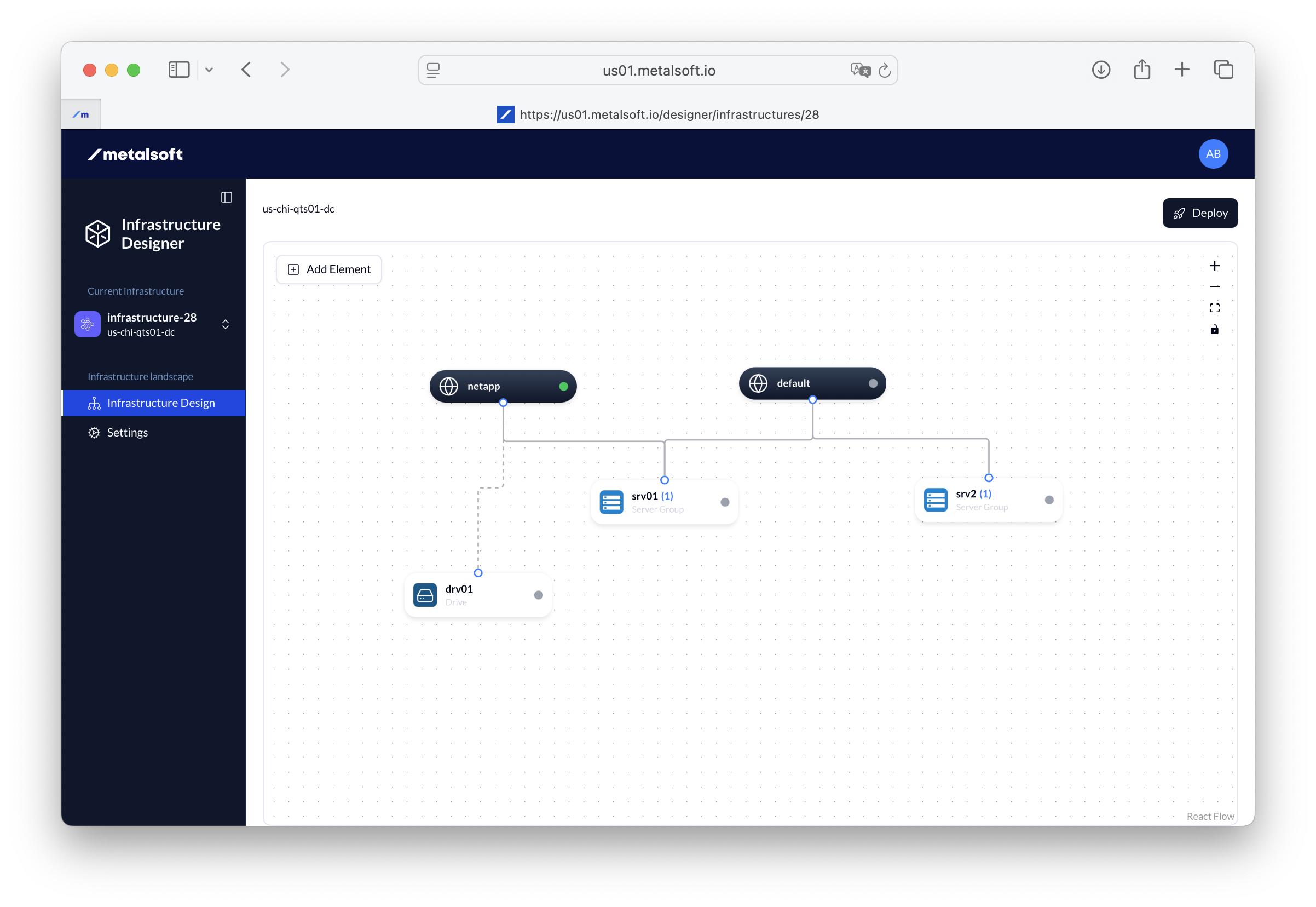Welcome to the MetalSoft Documentation
The MetalSoft Platform enables Infrastructure as Code consumption of physical and virtual infrastructure across vendors and data-centers.
It is a, modular, multi-vendor platform, with components covering Fabric Management, Bare-Metal-as-a-Service, GPU-as-a-Service, cluster deployment and lifecycle, Multi-hypervisor VM management, Unified Security management and more.
